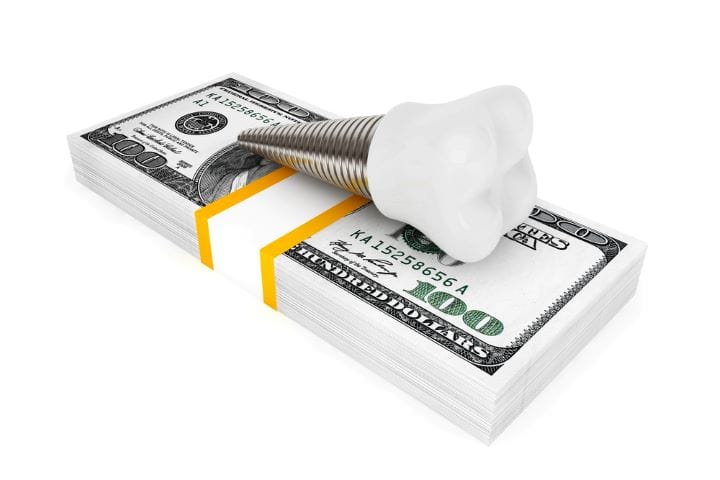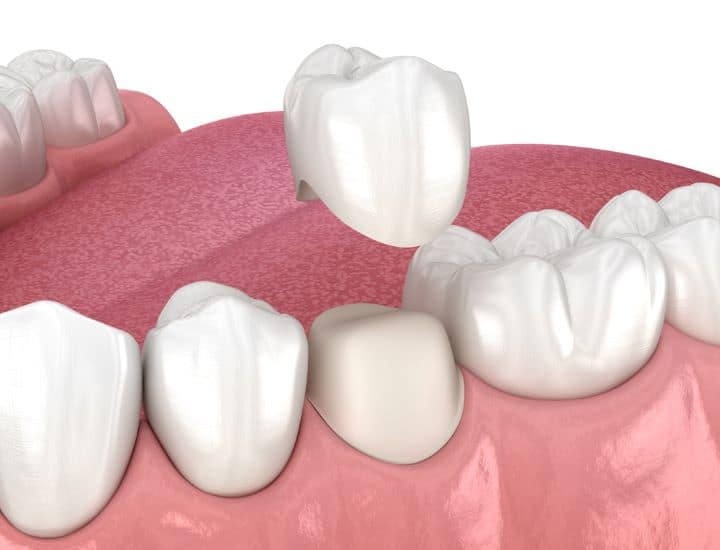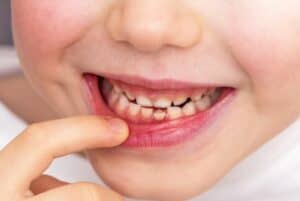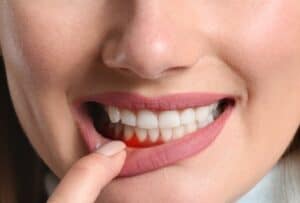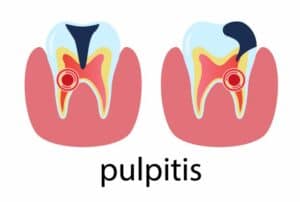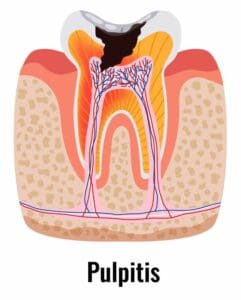Many seek treatment for misaligned teeth in the form of braces or clear aligners.
This is called orthodontic treatment. Orthodontists then design a new appliance called retainers that function to preserve the corrected positions of our teeth.
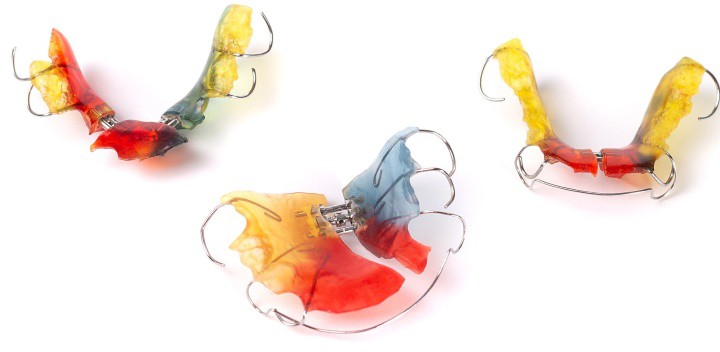
After your orthodontic treatment, the orthodontist will take an impression of your teeth and gums to help create a retainer that fits the oral structures in your mouth.
There are several different types of retainers. However, the most commonly used include clear plastic, hawley, and bonded wire retainers which are designed specifically for each patient.
Why Retainers Are So Important?
The retainer keeps the teeth in the correct position after braces. If you do not wear a retainer, your teeth may move back over time. It is therefore very important to wear your retainer as directed so your teeth stay aligned after orthodontic alignment.
What is the Difference Between Braces And Retainers
Purpose
Braces help to straighten and realign your teeth into the correct position by moving the teeth. The purpose of retainers is different. Retainers are used after braces treatment to hold teeth in place and prevent them from shifting back to their original misaligned position.
Appearance
Braces consist of brackets that are bonded directly to teeth alongside an archwire running through each bracket, making braces visibly attached to the teeth.
On the other hand, retainers come in various types – like clear plastic retainers that can be virtually invisible when worn. Other retainers involve a thin metal wire bonded behind the teeth, either placed permanently as fixed retainers or designed to be removable.

Treatment Time
Orthodontic treatment with braces in most cases takes 1-3 years to straighten your teeth. This is because moving teeth from their original positions is a slow and steady process.
Retainers on the other hand are worn for the long term, possibly for life, as they preserve the teeth in their corrected positions. If you don’t wear retainers after orthodontic treatment, your teeth have a high risk of moving back to their original misaligned state.
Affordability
Braces and retainers have significant affordability differences. Orthodontic treatment with braces costs a few hundred to several thousand dollars depending on the case.
Whereas retainers have a lower cost as they are worn for a long period without frequent adjustments. In case your retainer becomes damaged or worn out, your orthodontist is going to make a new impression to replace the old one.
This fee is usually lower than the cost of braces treatment.
The Different Types of Orthodontic Retainers
Several different types of retainers are effective at keeping your teeth straight.
Your orthodontist can help determine which type is best suited to your individual needs, preferences, and oral hygiene routine. Retainers can be removable or permanent/fixed/bonded.
Hawley Retainer
The Hawley retainer is one type of removable orthodontic retainer. This means that you can remove the retainer from your mouth with ease. Hawley retainers are made with clear plastic and stainless steel wire.
The wire wraps around your lower or upper teeth to help keep them straight while the plastic then forms a tray that fits against the roof of your mouth or palate, making it a removable retainer. This clear plastic covers the biting surfaces of some of your teeth.
When worn, the wire may initially bother your tongue, but usually becomes less noticeable over time.
Hawley retainers can last a long time and sometimes the orthodontist can repair them when needed to continue preventing your teeth from moving. However, they do not fully cover all of your teeth like Essix retainers.
Essix Retainer
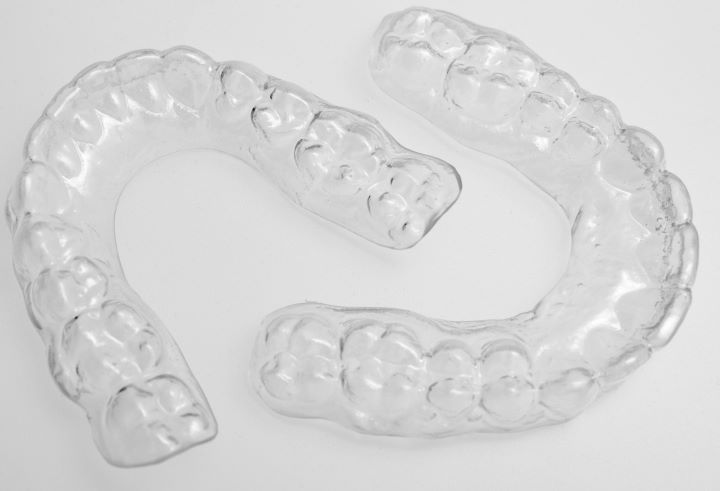
The Essix retainer is another type of clear plastic, removable retainer. The thin, clear plastic material perfectly fits your oral structures.
In cases of bruxism (clenching teeth), the Essix retainer helps because it fully covers the biting surfaces of your teeth. This prevents them from grinding against each other and the problems that follow.
Essix retainers are usually more comfortable than wire-containing retainers like Hawley retainers.
However, the drawback of Essix retainers is that they are made of clear plastic material. The plastic material may stain or degrade faster than other retainer materials with extensive long-term wear.
Permanent/Fixed/Bonded Retainer
This retainer is made of clear plastic or wire that is bonded directly to the back of the front teeth. It is a custom-made retainer that is permanently attached behind the teeth with a bonding material.
While effective for long-term retention, the permanent/fixed/bonded retainer may make cleaning and flossing the teeth and gums more difficult.
The wire retainer can make it harder to fully remove plaque and trapped food from around the teeth due to its location behind them. This is why proper cleaning of the teeth and retainer daily is important to keep the area under the wire free from debris.
Deciding Which Retainer Is Best
Your orthodontist will help you decide which retainer is best for you. They will consider how well you follow instructions to wear a retainer and if you play sports. A bonded retainer might work best if you lose things easily and have trouble wearing a removable retainer.
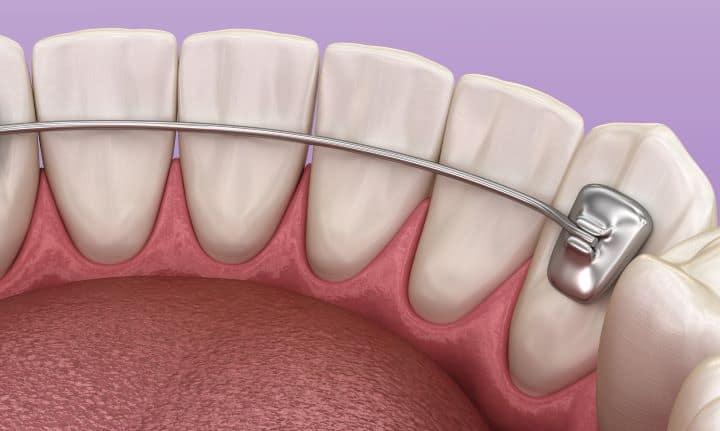
How Much Do Retainers Cost?
The cost of the retainers will vary according to your case, the orthodontist’s expertise, and the type of appliance used. Below are the cost comparisons between the 3 common types of retainers:
| Type of retainer | Price (per arch) | Price (per set) |
| Permanent (bonded) | $250 – $500 | $500 – $1,000 |
| Hawley (metal) | $150 – $300 | $250 – $600 |
How Long You Need to Wear a Retainer
Initial schedule
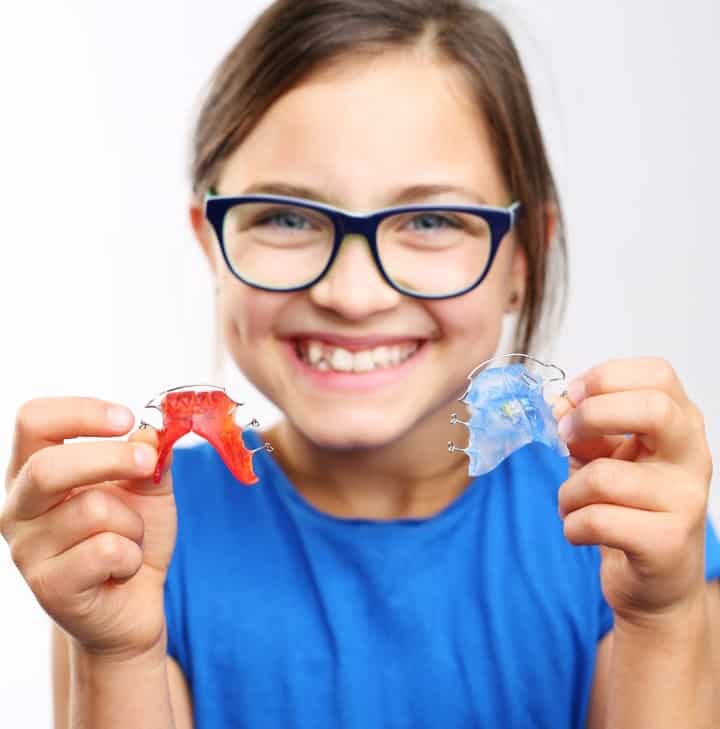
You will need to wear your retainer for at least 6 months to a year at first. This gives your teeth time to adjust in their new straightened position. They are typically worn day and night, only taken out to eat, drink, and brush teeth.
Long-term
After a year, you may only need to wear your retainer at night while you sleep. But some people need to wear theirs all the time to prevent their teeth from shifting.
You should have regular checks with your orthodontist every 6-12 months. Your orthodontist will check if your upper or lower teeth have moved at all.
Consider Your Lifestyle
It is important to consider your lifestyle and oral care routine when choosing between removable or permanent retainers. This is because the two have different care measures that you have to undertake.
Removable retainers like Hawley and Essix are taken out when eating but can be lost or damaged over time. In contrast, permanent bonded retainers are attached to your teeth 24/7 preventing teeth from shifting but are harder to clean around.
Additionally, you have to buy special tools like floss threaders or water flossers to clean them as they are fixed and can’t be removed.
What Your Orthodontist Recommends
Your orthodontist will make an impression on your teeth and gums to determine which type of orthodontic retainer is best for you based on your teeth and risk of movement.
Teeth near the front of your mouth may need a fixed wire retainer to hold them securely in place.
On the other hand, teeth toward the back that are less likely to shift can be retained with a clear plastic retainer. Trust your orthodontist to best evaluate if you need a permanent bonded retainer or removable retainer-like Essix or Hawley.
Conclusion
Orthodontic retainers play an essential role in maintaining the results of braces, clear aligners, or other treatments used to straighten teeth and position them correctly. Whether removable or fixed/permanent, retainers help prevent teeth from shifting back to their original, improperly aligned positions.
Your orthodontist will recommend the best option considering your situation and needs.
Along with consistent wear, it is important to keep your teeth healthy and clean your retainers. In addition, replacement may be needed in case of a cracked retainer or due to normal wear over many years.
Summary
Retainers are used to hold teeth in place after braces or aligners to prevent shifting and relapse.
Common types of retainers include clear plastic Essix or Hawley retainers which are removable, and bonded/permanent lingual retainers which are fixed behind the teeth.
Your orthodontist will recommend the best type based on your teeth’s risk of movement, ability to clean it properly, and preferences.
Removable retainers require daily cleaning while fixed retainers are harder to clean but have a low risk of loss or damage.
Wearing your retainer as directed, usually long-term at night helps keep your teeth straight and maintains orthodontic treatment results.
FAQs
Will retainers hurt my mouth?
Retainers are custom-made by your orthodontist to fit your mouth with minimal discomfort. You may feel some pressure when you first start wearing your clear plastic or Hawley retainer, but your teeth and gums will adjust quickly.
What if I lose or break my retainer?
If you lose or break your removable Essix or Hawley retainer, contact your orthodontist right away. They can create a new impression of your teeth and provide a replacement.
Can retainers damage my teeth?
As long as you properly care for your retainer, it will not harm your teeth. Clean it daily with a soft brush and wear it as directed to retain the position of your upper or lower teeth.

